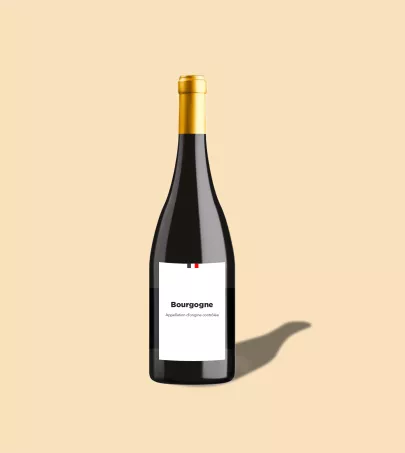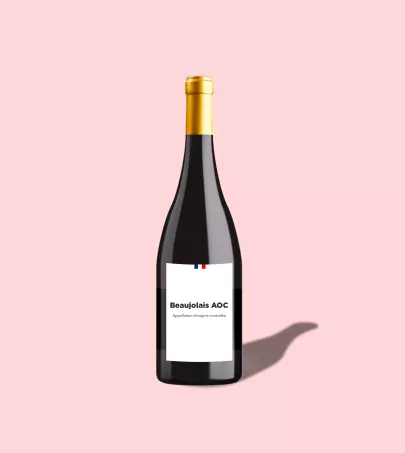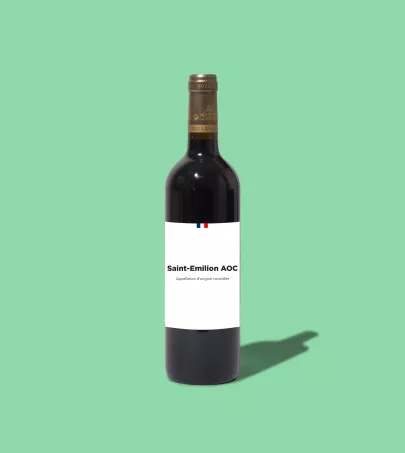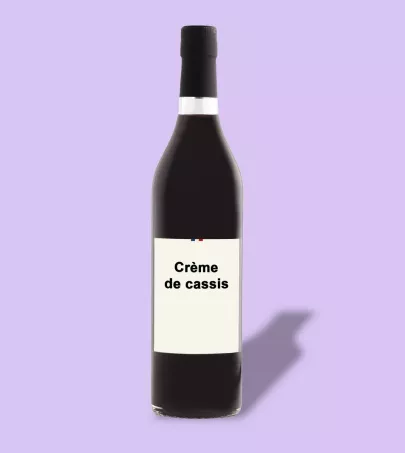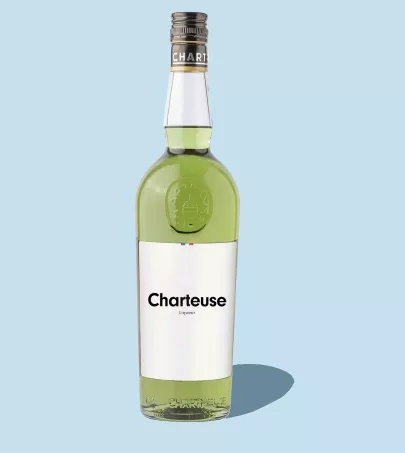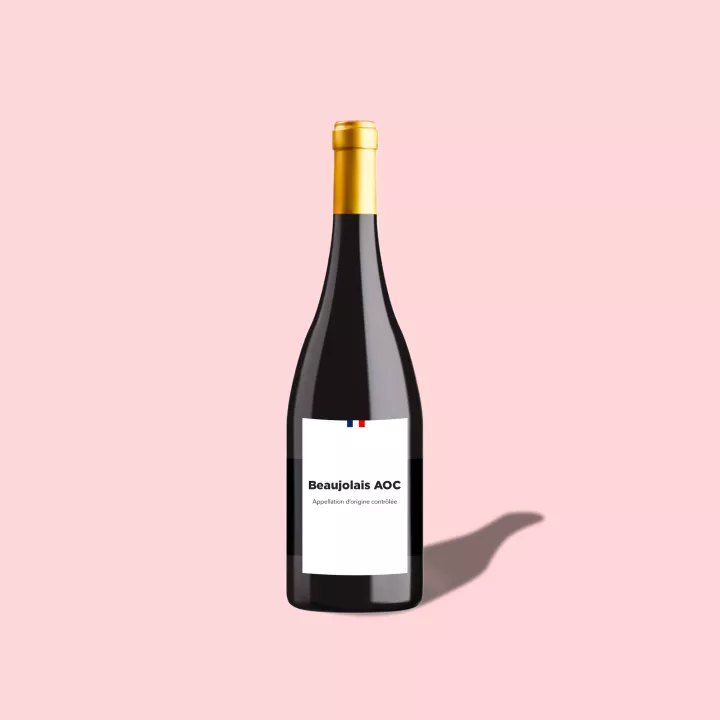
Beaujolais AOC
Bourgogne Franche-Comté
Of the 12 appellations within the Beaujolais region, this is the most extensive. Located to the north of Lyon, its growing area covers the entire wine-growing region. The soils here vary widely, producing 90% reds, but also whites and even rosés. And then, of course, there is the super-famous Beaujolais Nouveau which is the only one allowed to be produced with the Beaujolais-Villages appellation. At the end of the day, the area produces simple, pleasant wines, and a whole lot more…
What you need to know
In the 13th century, the Lords of Beaujeu gave their name to the region where they had ruled for at least 300 years; however, the wines produced there took a lot longer to make their name. It wasn’t until the 17th century that they started to catch on, mainly in the traditional bouchon restaurants in Lyon and other taverns. We had to wait until 1937 for Beaujolais AOC (appellation d’origine contrôlée – controlled designation of origin) to see the light of day, followed 14 years later by the first marketing campaign for Beaujolais Nouveau. It was an immediate success, sealing the appellation’s fame in all four corners of the world. And rightly so, as it perfects the art of producing crisp, fresh wines which, in short, are simply seductive. And that applies to all three colours: white wines from Chardonnay grapes; red and rosé, from the Gamay variety. Not to mention their myriad nuances thanks to different approaches from one wine grower to another, and a unique mosaic of almost 300 soil varieties, registered as a UNESCO World Heritage Site.
Characteristics
Smell
Look
Taste
Editor's note
How to use
Storage
Apart from early wines which are intended to be drunk in the next few months, wines with this appellation can be kept for several years.
Best enjoyed
Whites, reds and rosés with the Beaujolais AOC lend themselves just as well to aperitifs with or without buffet snacks, as to a meal with friends.
Pair with
The whites call for hearty dishes such as cod in cream sauce, chicken supreme or a seafood risotto; reds pair well with chicken-liver terrine, andouillette sausage or braised veal breast…; while something more delicate goes well with rosés, so maybe parsley ham or grilled prawns, for example.

